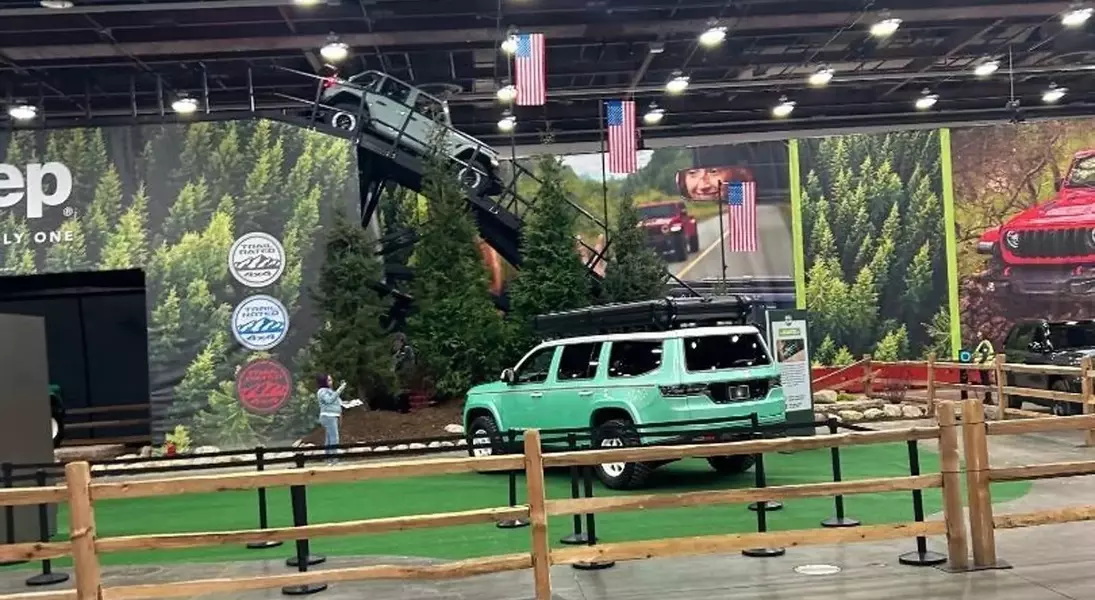
The Detroit Auto Show has made a quiet yet significant return to its traditional January schedule. The 2025 edition featured only one media day, lasting just four hours on Friday, marking a departure from the multiple media days of past years. Despite the shorter duration, organizers expressed optimism about the show's future. Once a premier platform for new vehicle unveilings, the event has faced competition from other marketing avenues and industry changes. In recent years, it shifted to fall, but now it is back in January, aligning with historical roots and addressing scheduling conflicts. The show's peak in the 1990s and early 2000s saw bustling displays and top executives making key announcements. Today, much of the floor space is dedicated to driving demonstrations by companies like Ford Motor Co. and Jeep. Industry challenges, including electric vehicle development and competition from Chinese automakers, have influenced the mood at such events.
A Fresh Start Amidst Change
In the heart of winter, the Detroit Auto Show welcomed its return to the chilly embrace of January, symbolizing a fresh chapter for this iconic automotive event. This year's iteration was unique, as Friday served as the sole media day, lasting merely four hours. Previously, the show had enjoyed international status with extended media coverage. However, shifting market dynamics led some automakers to prioritize alternative platforms for showcasing their innovations. For instance, CES in Las Vegas has emerged as a preferred venue for unveiling automotive technology.
Despite these changes, Karl Zimmermann, chairman of the show, expressed confidence during an opening ceremony on Friday morning, emphasizing the resurgence of the auto show. Brent Snavely, vice president of media relations at Franco, echoed this sentiment, noting that returning to January makes sense strategically. While fall offers warmer weather and outdoor activities, it also brings intense competition for attention, particularly from college football games in the region. The pandemic further disrupted plans, pushing events like the Battery Show to prominence in the fall.
At its zenith in the 1990s and early 2000s, the Detroit Auto Show was a bustling hub of innovation, attracting top industry leaders. Now, the focus has shifted to interactive experiences, with Ford Motor Co. and Stellantis' Jeep division leading driving demonstrations. The automotive industry faces numerous challenges, including the rise of electric vehicles and increasing competition from Chinese manufacturers. These factors contributed to a subdued atmosphere at both the Detroit Auto Show and CES, where legacy automakers and suppliers grappled with evolving market demands.
Notably, the return to January brought back the tradition of announcing North American Car, Truck, and Utility Vehicle of the Year awards. On Friday, the Honda Civic Hybrid won car of the year, the Ford Ranger took home truck of the year, and the Volkswagen ID. Buzz was named utility of the year. Additionally, Ford unveiled special editions of the Ford Mustang on Thursday night, adding a splash of excitement to the event.
From a journalist's perspective, the Detroit Auto Show's return to January signifies a pivotal moment for the automotive industry. It reflects a balance between honoring tradition and adapting to modern challenges. As the industry continues to evolve, events like this serve as critical platforms for showcasing innovation and resilience. The show's ability to pivot and thrive amidst changing landscapes underscores the enduring spirit of automotive excellence and progress.
